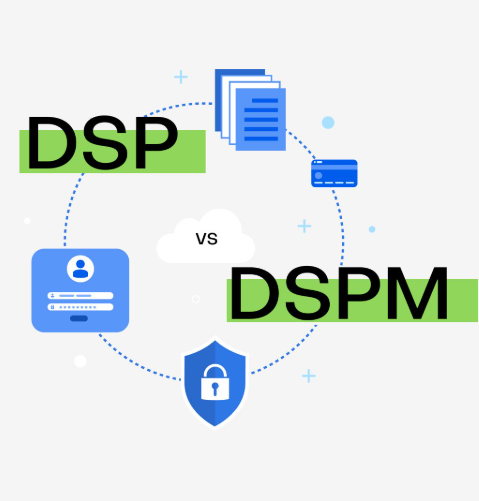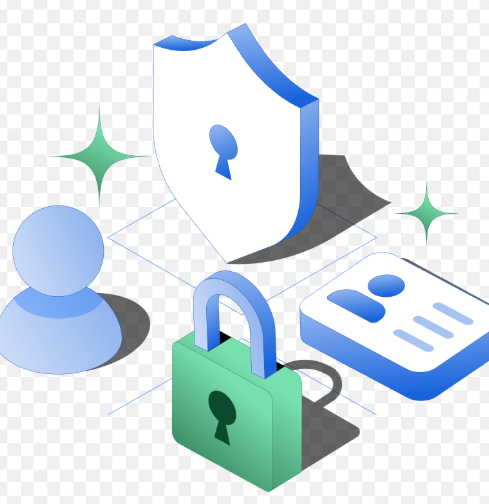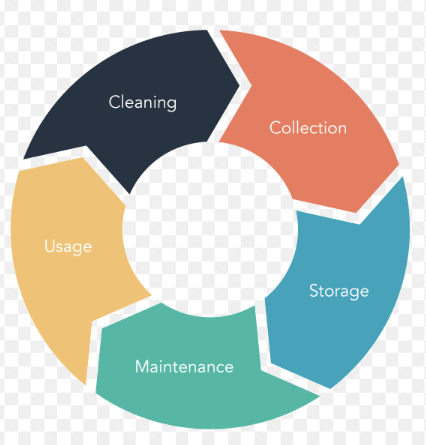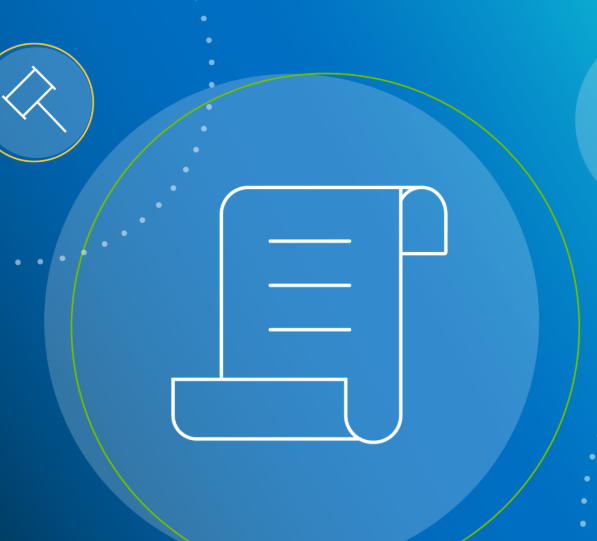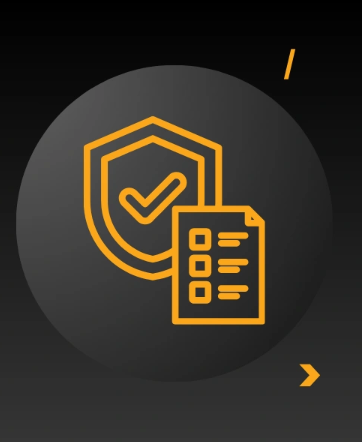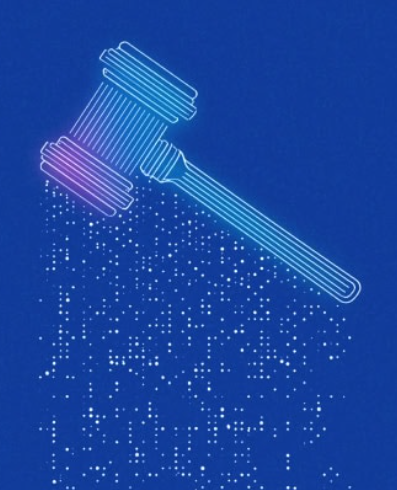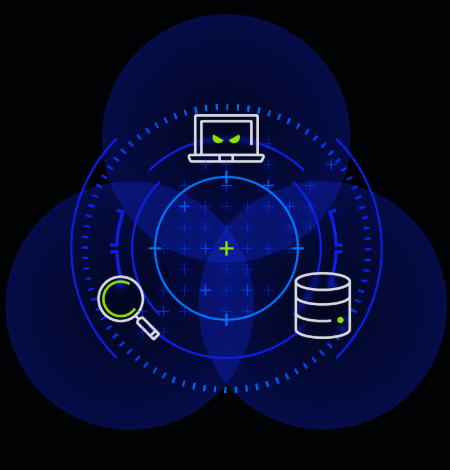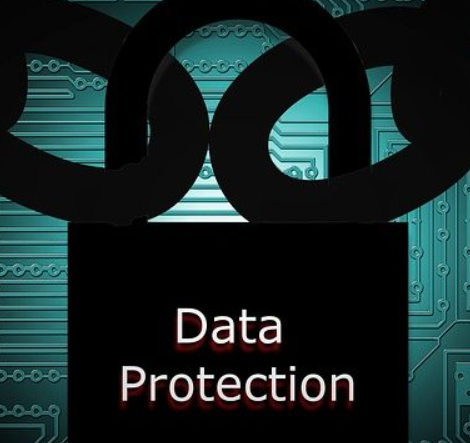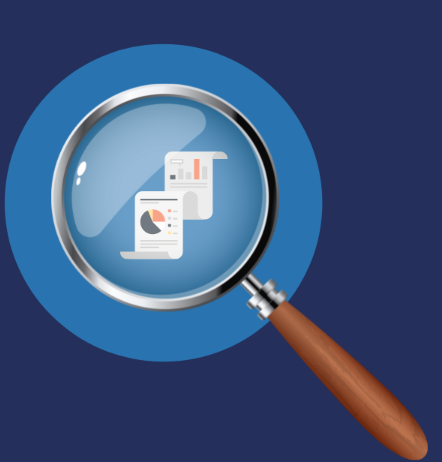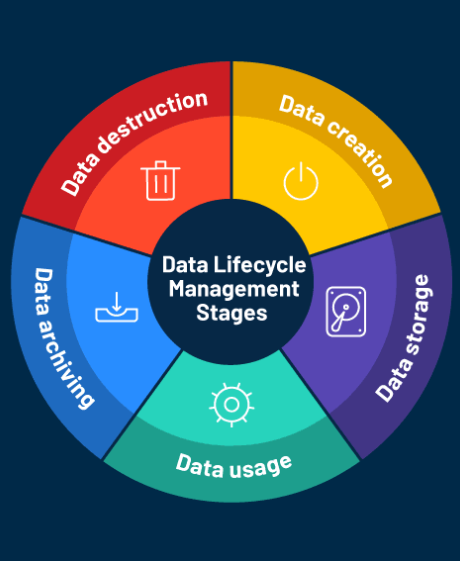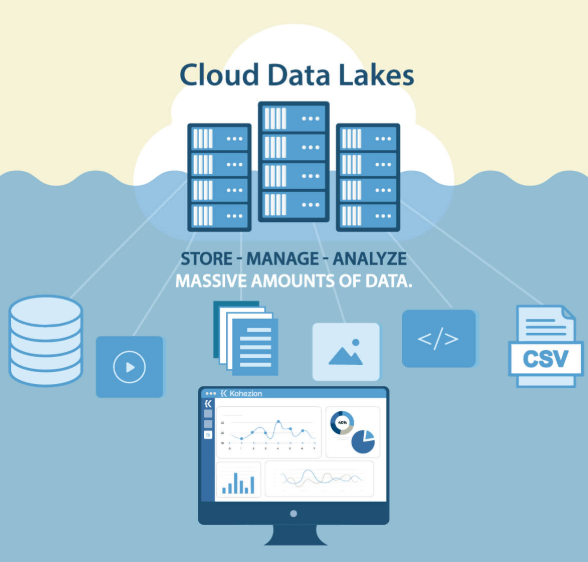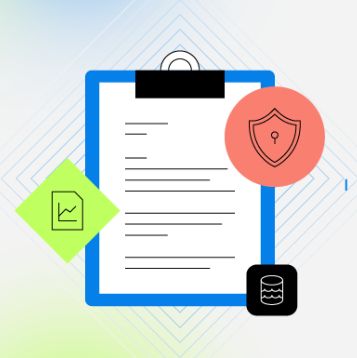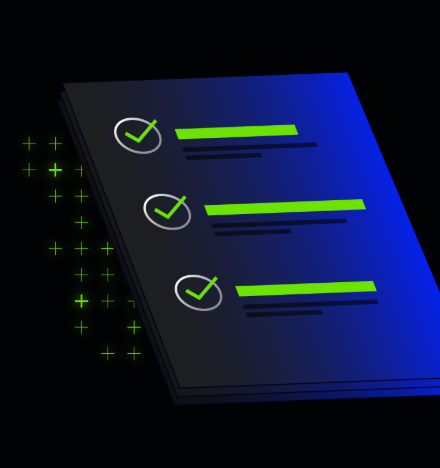
The International Traffic in Arms Regulations (ITAR) are crucial for protecting sensitive defense-related data within the United States. These regulations ensure that critical technical information does not fall into unauthorized hands, especially foreign entities, and help maintain national security. However, meeting ITAR compliance requirements can be complex and resource-intensive, especially with the evolving landscape of cybersecurity threats. Automating data classification is one of the most effective ways to simplify and streamline the compliance process.
What is ITAR and Why Is It Important?
ITAR governs the export, handling, and protection of technical data related to defense and military technologies. Organizations working with such sensitive information are required to implement strict controls to prevent unauthorized access and transfers. Non-compliance with ITAR can result in heavy fines, reputational damage, and loss of valuable defense contracts. As the threat of cyberattacks grows, ensuring ITAR compliance has become even more critical for organizations handling such data.
The Cybersecurity Demands of ITAR Compliance
From a cybersecurity perspective, ITAR compliance involves several critical obligations:
- Securing Controlled Technical Data
ITAR-regulated data, such as technical documents and schematics, must be protected against unauthorized access. Organizations must apply proper classification and security protocols to meet this requirement. - Limiting Access to U.S. Persons
ITAR mandates that only U.S. nationals have access to controlled data. Organizations must enforce strict role-based access controls to ensure compliance. - Monitoring Data Transfers
ITAR requires that organizations track and control how sensitive data moves, especially when using cloud services. Data must be transferred according to geographical restrictions, and any unauthorized transmission poses a risk to compliance.
Consequences of Non-Compliance
Failure to comply with ITAR regulations can result in severe penalties, including:
- Civil and Criminal Penalties: Fines can reach millions of dollars, and violations may lead to imprisonment.
- Reputational Damage: Non-compliance can tarnish an organization’s reputation, making it harder to secure future contracts.
- Contract Losses: ITAR violations can lead to the termination of government contracts and the loss of business opportunities.
The Challenge: Managing Sensitive Data
One of the primary challenges in achieving ITAR compliance is knowing exactly where your defense-related technical data is stored and how it is used. This can be difficult, especially when:
- Data is Dispersed and Unstructured: ITAR data often exists across various unstructured environments, such as emails, cloud drives, or collaborative platforms, making it difficult to track.
- Lack of Visibility: Without effective tools, security teams struggle to gain visibility into where ITAR data resides and how it is being handled.
- Manual Classification is Inefficient: Attempting to manually classify and audit ITAR data is not only time-consuming but also prone to human error.
The Role of Automation in ITAR Compliance
To achieve ITAR compliance effectively and efficiently, automation is crucial. Automated tools can scan vast amounts of data across different environments, identify sensitive information, and apply proper classifications without the need for manual intervention.
How Congruity360 Helps with ITAR Compliance
Congruity360 offers an automated data classification engine that simplifies ITAR compliance by providing:
- Automated Data Identification
Congruity360 scans both structured and unstructured data to automatically detect ITAR-controlled technical information. This ensures accurate identification of sensitive data across your entire organization. - Context-Aware Tagging
The tool applies intelligent, context-aware classification to ensure that each dataset is correctly tagged, reducing the risk of over- or under-tagging and ensuring precision. - Robust Access Controls
Congruity360 integrates with existing security frameworks to enforce zero-trust access policies, ensuring that only authorized personnel have access to ITAR-controlled data. - Real-Time Visibility
The platform offers centralized, real-time insights into where ITAR-regulated data resides and how it is being used, giving organizations full control over their compliance posture. - Comprehensive Coverage of Data Types
Unlike many other tools, Congruity360 can handle both structured and unstructured data, making it an ideal solution for organizations with varied data environments. - Seamless Integration with Governance Tools
Congruity360 works with existing data governance systems, providing audit records, retention policies, and compliance reporting to streamline ITAR compliance.
Benefits for Defense Contractors
For defense contractors managing highly sensitive technical data, Congruity360 offers numerous advantages, including:
- Reduced Risk of Data Breaches
- Lower Compliance Costs
- Faster Responses During Audits
- Improved ITAR Contract Review Success Rates
Practical Steps to Enhance ITAR Compliance
To build a strong ITAR compliance strategy, businesses should:
- Map and Classify Sensitive Data
Use automated tools like Congruity360 to identify and tag ITAR-related data across all environments. - Implement Role-Based Access Controls
Ensure only U.S. nationals have access to sensitive data, and enforce strict governance policies tied to classifications. - Set Retention and Destruction Policies
Establish clear policies for data retention and destruction to ensure compliance with ITAR regulations and reduce unnecessary data storage. - Automate Compliance Processes
Leverage automation to continuously monitor, classify, and report on ITAR-related data, ensuring ongoing compliance without manual intervention.
By following these steps and utilizing tools like Congruity360, organizations can efficiently meet ITAR compliance requirements, reduce risks, and improve their overall cybersecurity posture.













